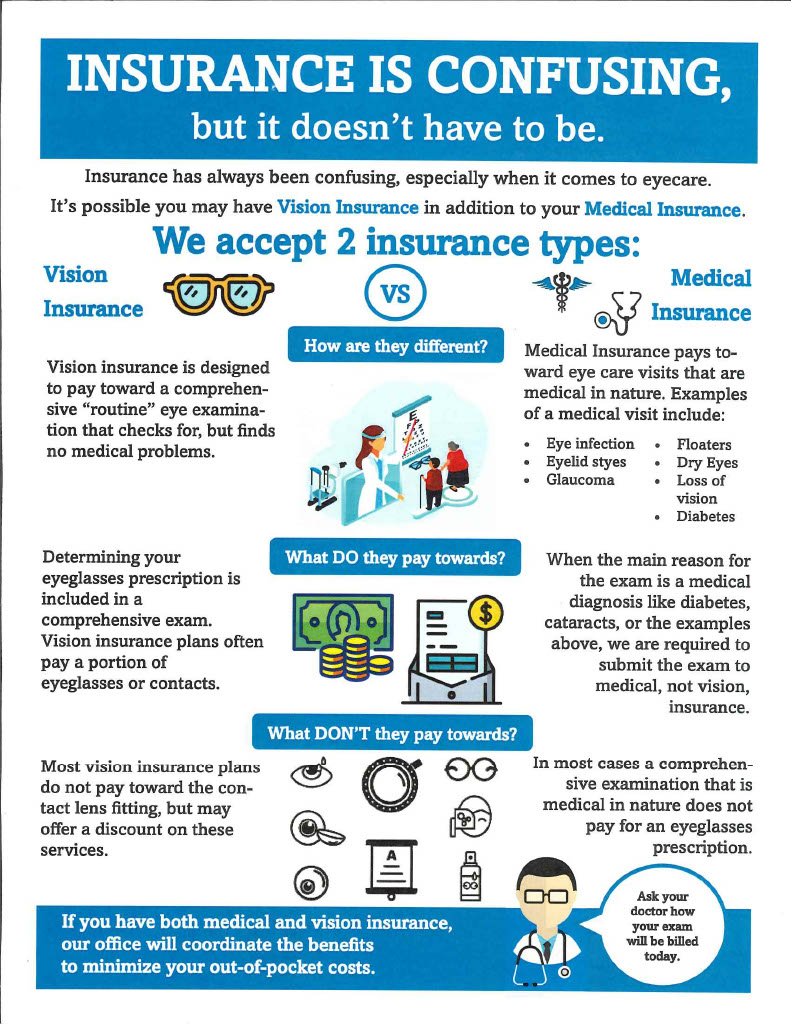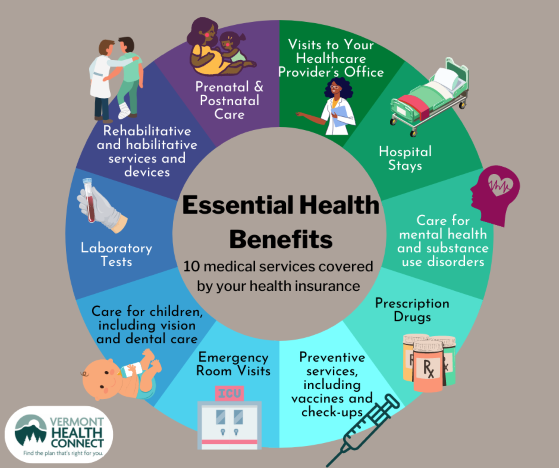Getting My Medicare Advantage Agent To Work
Getting My Medicare Advantage Agent To Work
Blog Article
The Main Principles Of Medicare Advantage Agent
Table of ContentsThe smart Trick of Medicare Advantage Agent That Nobody is DiscussingMedicare Advantage Agent Can Be Fun For EveryoneMedicare Advantage Agent Fundamentals Explained

complies with from confusing the reasonably young age profile of the uninsured with the far better health and wellness, on average, of younger individuals. This obscures the web link between health standing and wellness insurance policy. For those without access to office health and wellness insurance coverage, inadequate health is a prospective obstacle to acquiring nongroup coverage since such coverage might be extremely valued, omit pre-existing conditions, or be simply inaccessible. The variety of uninsured Americans is not specifically large and has not changed over the last few years. 7 out of 10 participants in a country wide representative study believed that fewer Americans did not have medical insurance than actually do(Fronstin, 1998). Roughly half(47 percent )believed that the number of individuals without medical insurance lowered or continued to be consistent over the latter fifty percent of the last decade(Blendon et al., 1999). This decline of practically 2 million in the number of individuals 'without insurance (a decrease
of about 4 percent)is absolutely a favorable adjustment. With a softer economy in 2000 the most up to date reported gains in insurance policy protection might not continue(Fronstin, 2001 ). The decline in the number of without insurance will certainly not continue if the economic situation stays sluggish and healthcare expenses remain to outpace rising cost of living. This is since the information were accumulated for a duration of strong economic efficiency. Of the estimated 42 million individuals who were uninsured, just about concerning 420,000(concerning 1 percent)were under 65 years old, the age at which most Americans come to be qualified for Medicare; 32 million were adults in between ages 18 and 65, around 19 percent of all adults in this age; and 10 million were children under 18 years of age, concerning 13.9 percent of all children (Mills, 2000). These price quotes of the number of individuals without insurance are produced from the annual March Supplement to the Current Population Study (CPS), carried out by the Census Bureau. Unless or else noted, national quotes of people without wellness insurance policy and proportions of the populace with various sort of insurance coverage are based upon the CPS, the most widely made use of resource of price quotes of insurance policy coverage and uninsurance prices. These studies and the quotes they yield are defined briefly in Table B. 1 in Appendix B - Medicare Advantage Agent. These surveys vary in dimension and sampling approaches, the inquiries that are asked regarding insurance policy
Facts About Medicare Advantage Agent Uncovered
protection, and the time duration over which insurance policy protection or uninsurance is measured(Lewis et al., 1998, Fronstin, 2000a ). Still, the CPS is particularly useful because it produces yearly estimates reasonably promptly, reporting the previous year's insurance coverage approximates each September, and due to the fact that it is the basis for a consistent collection of price quotes for more than twenty years, enabling analysis of trends in protection over time.

3 Easy Facts About Medicare Advantage Agent Shown
Over a three-year duration starting early in 1993, 72 million individuals, 29 percent of the united state populace, lacked protection for a minimum of one month. Within a single year(1994), 53 million individuals experienced a minimum of a month without coverage(Bennefield, 1998a). Six out of every ten without insurance grownups are themselves used. Although functioning does enhance the probability that and one's relative will certainly have insurance policy, it is not a guarantee. Even participants of families with 2 full time wage earners have almost a one-in-ten possibility of being uninsured (9.1 percent uninsured rate)(Hoffman and Pohl, 2000 ). The relationship between wellness insurance and access to care is well developed, as documented later in this phase. Although the partnership between health and wellness insurance coverage and wellness outcomes is neither straight nor basic, a considerable professional and health and wellness solutions research literature links medical insurance coverage
to improved accessibility to care, far better quality, and enhanced individual and populace wellness status. As an example, the second report, on personal health outcomes for uninsured adults, is represented by the innermost circle of the number, while the 3rd record, on family members wellness, includes the subjects of the second record however stresses a different unit of analysis, particularly, the family. The sixth record in the series will certainly provide information about strategies and initiatives carried out locally, statewide, or country wide to address the lack of insurance policy and its damaging impacts. Degrees of analysis for analyzing the results of uninsurance. This conversation of medical insurance coverage focuses largely on the united state population under age 65 because virtually all Americans 65 and older have Medicare or various other public coverage.
Additionally, it focuses especially on those hop over to these guys with no health insurance for any type of length of time. The issues dealt with by the underinsured remain in some respects comparable to those encountered by the without insurance, although they are typically much less serious. Uninsurance and underinsurance, nonetheless, include noticeably various policy problems, and the approaches for resolving them may vary. Throughout this research and the 5 reports to comply with, the main emphasis gets on individuals pop over here with no medical insurance and therefore no assistance in paying for health care past what is available with charity and safeguard institutions. Health insurance policy is a powerful factor affecting invoice of treatment since both individuals and doctors reply to the out-of-pocket cost of services. Health insurance, nevertheless, is neither required neither sufficient to access to clinical solutions. However, the independent and direct effect of wellness
insurance policy coverage on access to health solutions is well established. Others will certainly obtain the healthcare they need also without health and wellness insurance, by paying for it out of pocket or seeking it from suppliers who provide care complimentary or at extremely subsidized prices. For still others, medical insurance alone does not ensure receipt of care due to the fact that of other nonfinancial obstacles, such as an absence of healthcare suppliers in their community, limited accessibility to transport, illiteracy, or etymological and social differences. Formal research study about without insurance populations in the United States dates to the late 1920s and very early 1930s when the Committee on the Expense of Treatment created a collection of reports concerning funding physician office visits and hospital stays. This concern became prominent as the varieties of medically indigent climbed up during the Great Depression. Empirical research studies continually support the link between accessibility to care and boosted wellness end results(Bindman et al., 1995; Starfield, 1995 ). Having a normal resource of treatment can be taken into consideration a forecaster of accessibility, rather than a straight action of it, when wellness outcomes are themselves made use of as accessibility indicators. This extension of the concept of accessibility dimension was made by the IOM Board on Monitoring Gain Access To to Personal Healthcare Provider(Millman, 1993, p. Whether or not parents are guaranteed shows up to influence whether or not their children get treatment in addition to just how much careeven if the children themselves have coverage(Hanson, 1998). The wellness of moms and dads can impact their capability to look after their youngsters and the degree of household tension. Stressing over their kids's access to care is itself a source of stress for parents. Three chapters adhere to in this record. Phase 2 gives a summary of how employment-based medical insurance, public programs and private insurance plan operate and connect to supply extensive yet incomplete coverage of the U.S. populace. This includes weblink a testimonial of historic fads and public policies influencing both public and private insurance coverage, a conversation of the communications among the different types of insurance, and an examination of why individuals relocate from one program to another or end up

Report this page